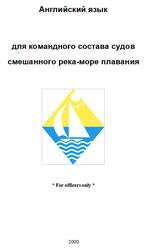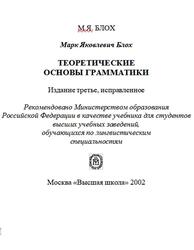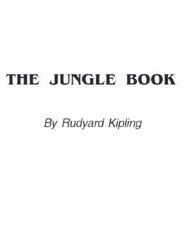This book is for teachers who are learning to teach English either on an initial teacher training course, or beginning their teaching career.
It is a little different from other teacher training manuals in two ways.
It is written for all beginning teachers of ELT but bears in mind the needs of many of the world’s teachers who do not have easy access to equipment such as photocopiers, cassette recorders, DVD players, computers, libraries of resource books — or who may not even have a course book. The techniques and activities in the lesson plans in this book do not assume that you have this equipment in your school or classroom. Instead, the focus is on classroom techniques and activities that use home-produced materials and resources — or even no materials at all. This does not mean that if you work in a hi-tech school this book is not for you, it is simply that we firmly believe that lotech is not second best. Many simple techniques and home-produced materials can bring colour, life, warmth, and laughter into the classroom in a way that books and equipment cannot: all teachers can benefit from using them!
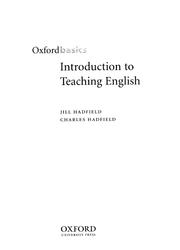
What makes a good teacher?
In general, it is best to try to achieve a balance. An exuberant personality may neglect learners’ needs; a quieter teacher may be more responsive but also less colourful and memorable. A careful planner may lack the spontaneity and flexibility necessary to respond to learners’ needs, while improvised lessons may be chaotic or lack clarity and focus. There are times when you need to explain and give information to your students and other times when you encourage them to discover for themselves. The balance you aim for may be different according to your students’ needs — and ultimately this attention to the needs and wants of your students, and willingness to adapt to meet them, is what makes a good teacher.
It is important for you to find a teaching style which is right for you and that you feel comfortable with. It is impossible to teach in a way you feel instinctively to be wrong, but you also have a duty to your learners; to respect their individuality and to offer a range of teaching techniques and activities to suit different learning styles. In practice this means what we call ‘principled eclecticism’. Eclecticism means that you can pick and choose techniques and classroom activities, instead of sticking closely to a ‘method’. However, merely picking techniques at random without some reason for choosing them would lead to chaos!
Contents.
Introduction.
Unit 1. Some basic principles.
Unit 2. Focus on language.
2.1. The structure of a language lesson.
2.2. Focus on grammar.
2.3. Focus on functions.
2.4. Focus on vocabulary.
2.5. Focus on pronunciation.
Unit 3. Focus on skills.
3.1. The structure of a skills lesson.
3.2. Focus on listening.
3.3. Focus on reading.
3.4. Focus on speaking.
3.5. Focus on writing.
Unit 4 Putting it together.
4.1. Planning lessons and lesson sequences.
4.2. Review, assessment, and remedial work.
4.3. Classroom management.
Appendices.
Lesson materials.
Glossary.
Grammar terminology table.
Further reading.
Бесплатно скачать электронную книгу в удобном формате, смотреть и читать:
Скачать книгу Introduction to Teaching English, Hadfield J. - fileskachat.com, быстрое и бесплатное скачивание.
Скачать pdf
Ниже можно купить эту книгу, если она есть в продаже, и похожие книги по лучшей цене со скидкой с доставкой по всей России.Купить книги
Скачать - pdf - Яндекс.Диск.
Дата публикации:
Хештеги: #учебник по английскому языку :: #английский язык :: #Hadfield
Смотрите также учебники, книги и учебные материалы:
Следующие учебники и книги:
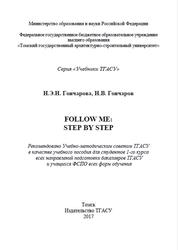 Follow Me, Step by Step, Гончарова Н.Э.Н., Гончаров Н.В., 2017 — Пособие обеспечивает формирование необходимых знаний и практических навыков для чтения и перевода литературы по специальности, а также развитие навыков устной … Книги по английскому языку
Follow Me, Step by Step, Гончарова Н.Э.Н., Гончаров Н.В., 2017 — Пособие обеспечивает формирование необходимых знаний и практических навыков для чтения и перевода литературы по специальности, а также развитие навыков устной … Книги по английскому языку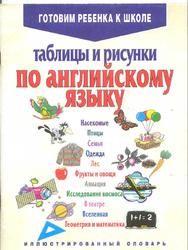 Таблицы и рисунки по английскому языку, Адамчик Я.В., Аниксев В.И., 2007 — Иллюстрированный словарь предназначен для всех, кто хочет легко и с интересом изучив лексику английского языка, прежде всего для детей и … Книги по английскому языку
Таблицы и рисунки по английскому языку, Адамчик Я.В., Аниксев В.И., 2007 — Иллюстрированный словарь предназначен для всех, кто хочет легко и с интересом изучив лексику английского языка, прежде всего для детей и … Книги по английскому языку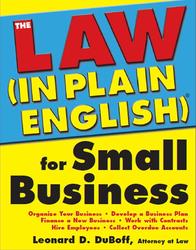 The law, in plain English, for small businesses, DuBoff L.D., 2004 — The law (in plain English) for small businesses, DuBoff L.D., 2004. The law is quite complex and rapidly evolving. Since … Книги по английскому языку
The law, in plain English, for small businesses, DuBoff L.D., 2004 — The law (in plain English) for small businesses, DuBoff L.D., 2004. The law is quite complex and rapidly evolving. Since … Книги по английскому языку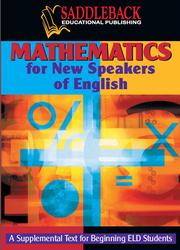 Mathematics for New Speakers of English — Фрагмент из книги: Most mathematics books have many story problems. They have many kinds on the same page. Sometimes you … Книги по английскому языку
Mathematics for New Speakers of English — Фрагмент из книги: Most mathematics books have many story problems. They have many kinds on the same page. Sometimes you … Книги по английскому языку
Предыдущие статьи:
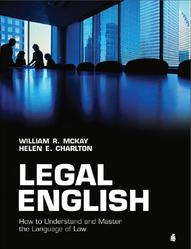 Legal English, How to Understand and Master the Language of Law, McKay W.R., Charlton H.E., 2005 — In this way this publication offers the reader stimulating and enjoyable instruction designed to progressively enhance relevant and meaningful communication … Книги по английскому языку
Legal English, How to Understand and Master the Language of Law, McKay W.R., Charlton H.E., 2005 — In this way this publication offers the reader stimulating and enjoyable instruction designed to progressively enhance relevant and meaningful communication … Книги по английскому языку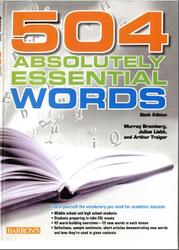 504 absolutely essential words, Bromberg M., Liebb J., Traiger A., 2012 — This is a self-help book. If you use it intelligently, you will help yourself to strengthen and expand your word … Книги по английскому языку
504 absolutely essential words, Bromberg M., Liebb J., Traiger A., 2012 — This is a self-help book. If you use it intelligently, you will help yourself to strengthen and expand your word … Книги по английскому языку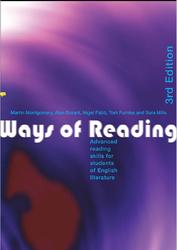 Ways of Reading, Advanced reading skills for students of English literature, Montgomery M., Durant A., Fabb N., Furniss T., 2007 — Ways of Reading is a well-established core textbook that provides the reader with the tools to analyse and interpret the … Книги по английскому языку
Ways of Reading, Advanced reading skills for students of English literature, Montgomery M., Durant A., Fabb N., Furniss T., 2007 — Ways of Reading is a well-established core textbook that provides the reader with the tools to analyse and interpret the … Книги по английскому языку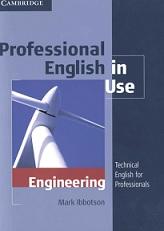 Professional English in Use Engineering, Ibbotson M., 2009 — How is the book organized? The book has 45 units which are grouped into nine themes. Each theme covers an … Книги по английскому языку
Professional English in Use Engineering, Ibbotson M., 2009 — How is the book organized? The book has 45 units which are grouped into nine themes. Each theme covers an … Книги по английскому языку


